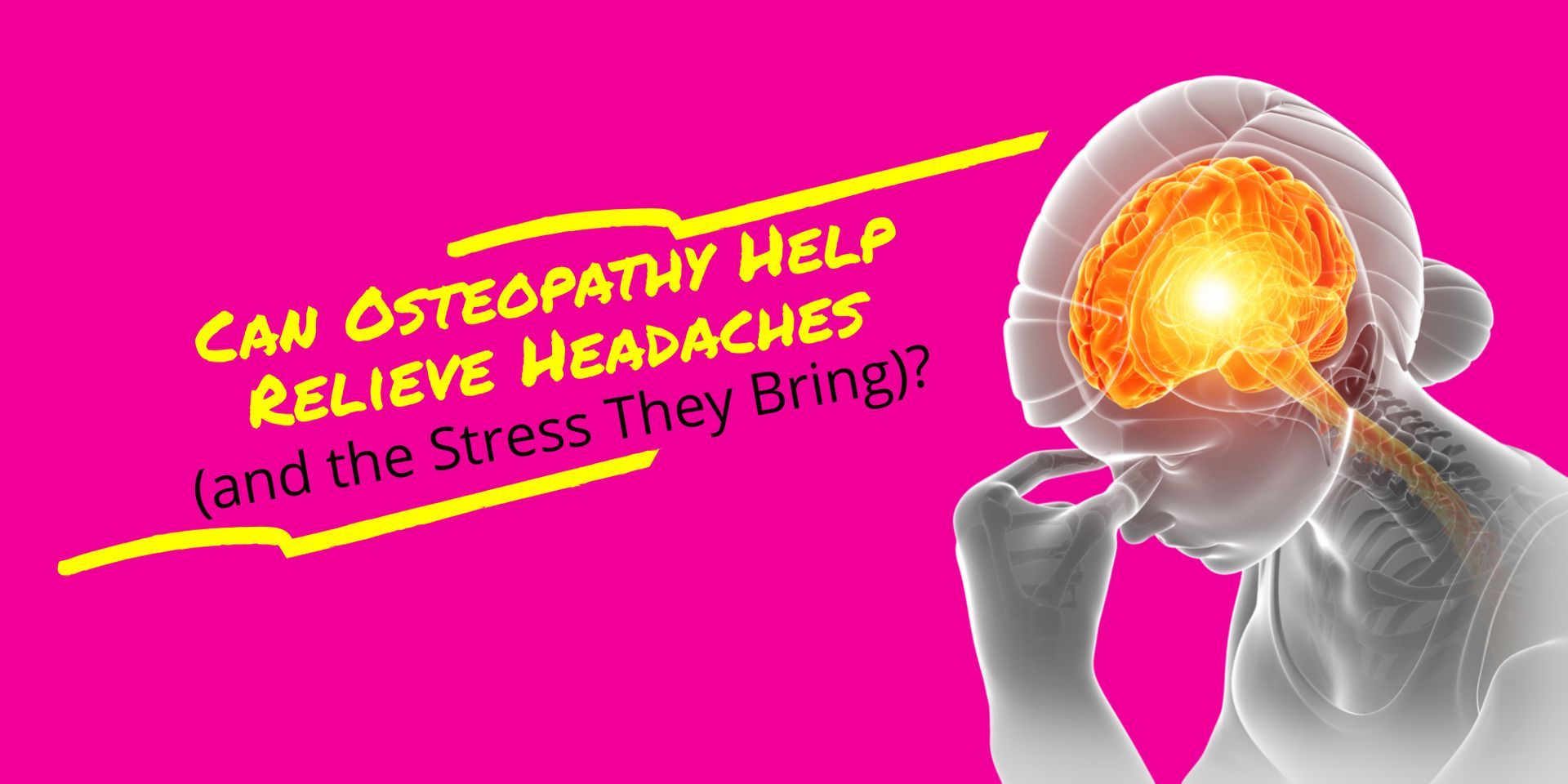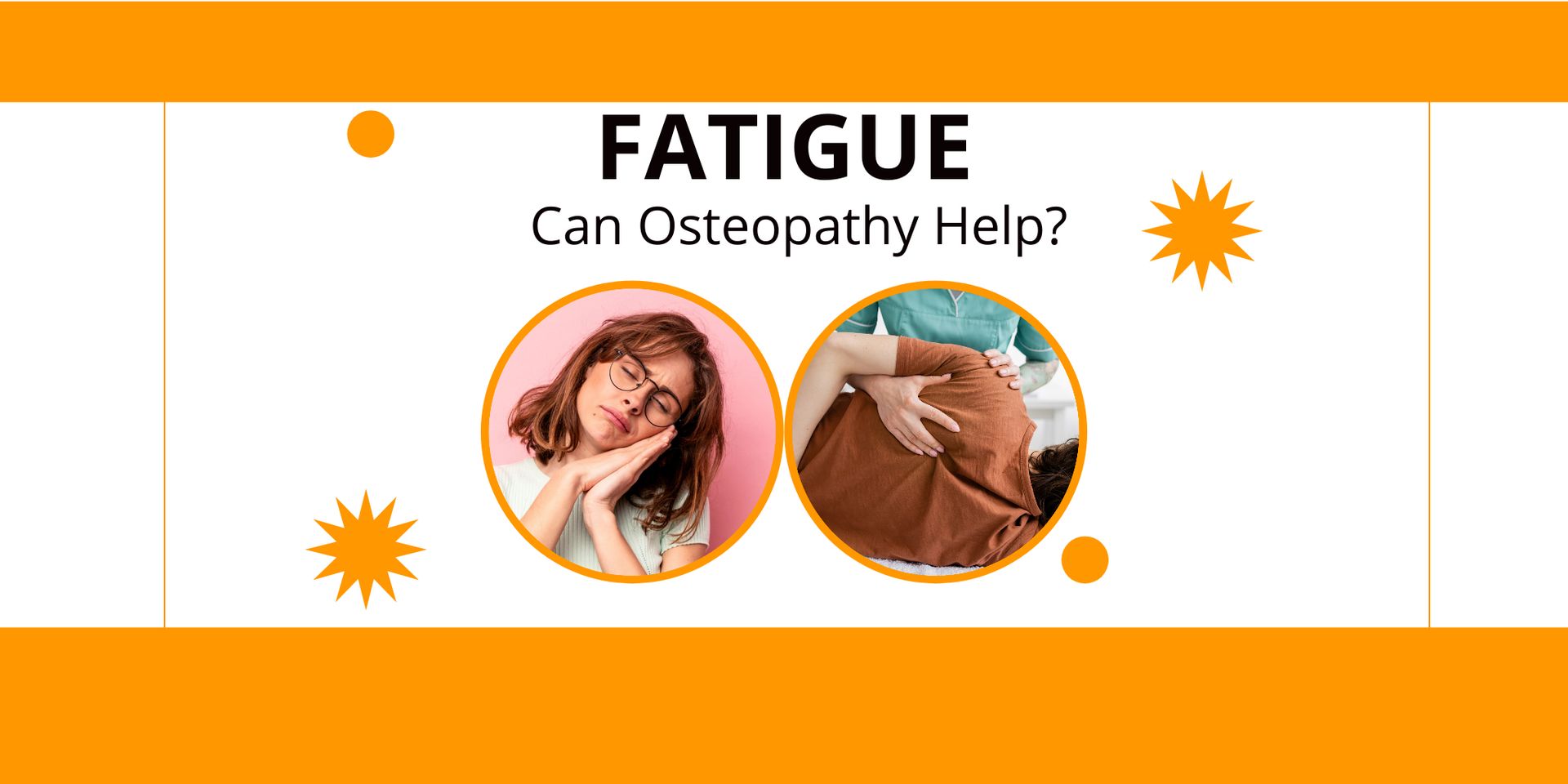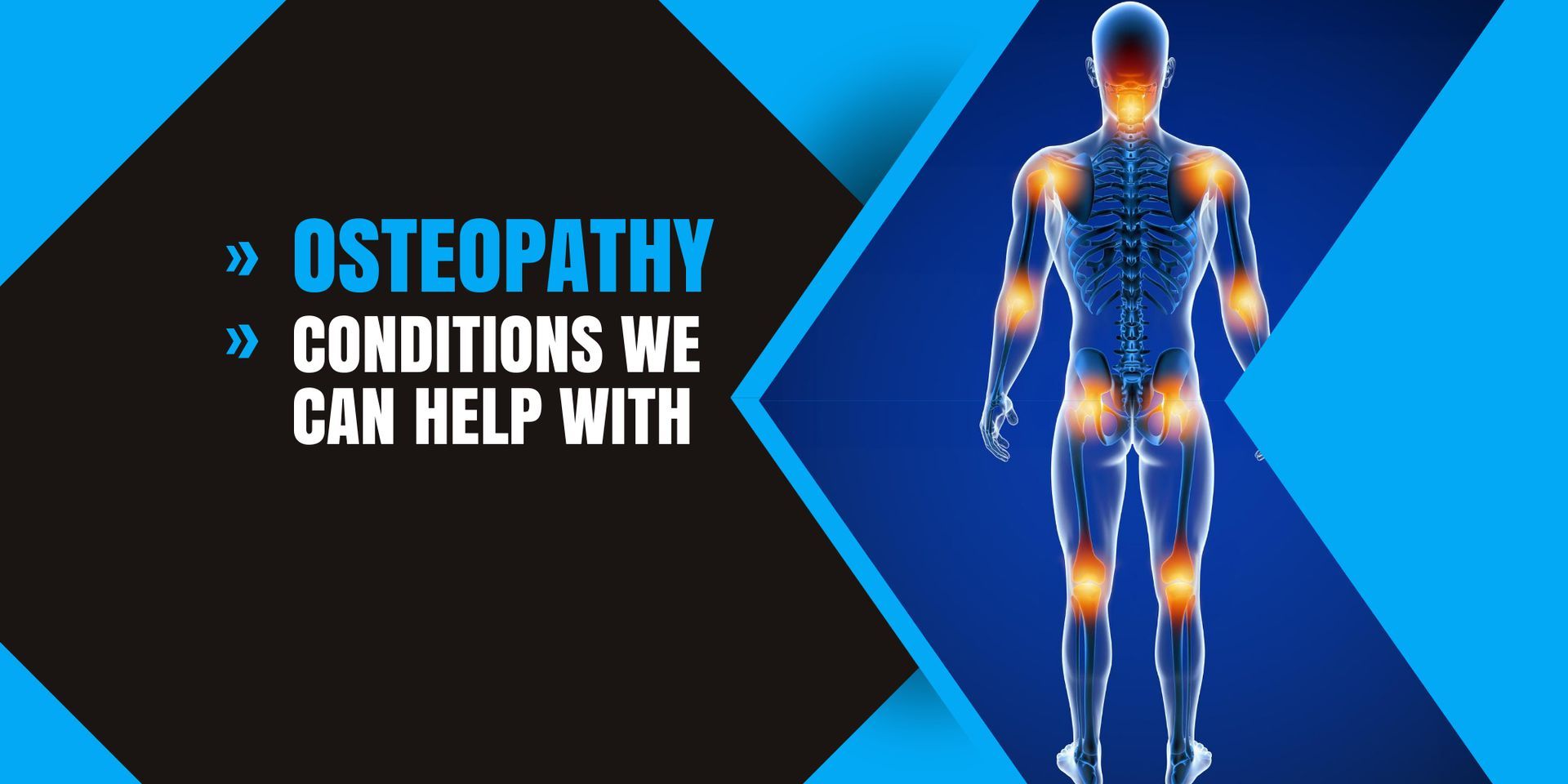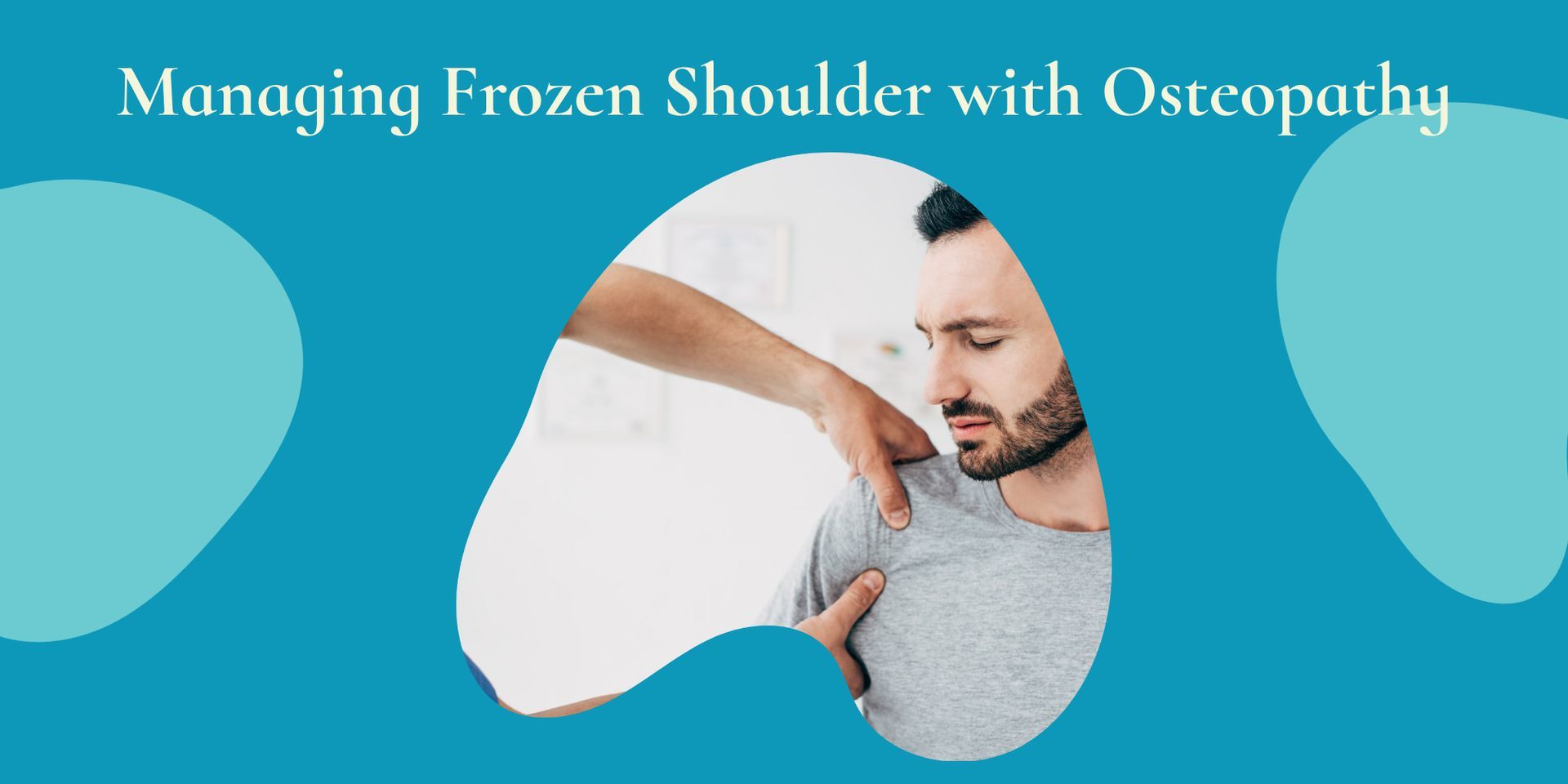Top Running Injuries – An Osteopath’s Take on What We See Most
Most running injuries respond well to osteopathic treatment
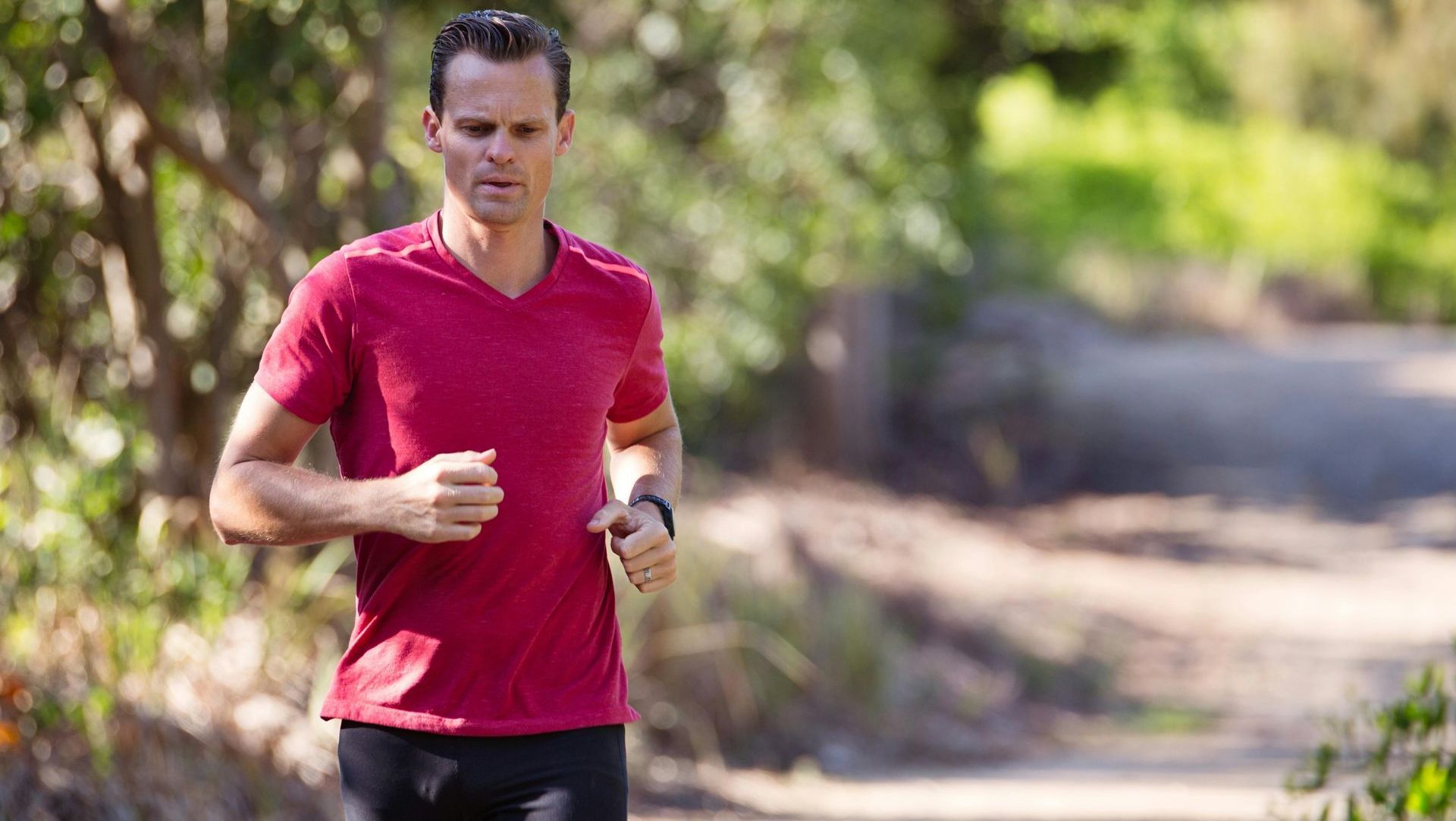
As osteopaths, we often meet patients who are passionate runners — from weekend joggers to those clocking up miles for their next marathon.
Running is brilliant for both physical and mental health, but it also comes with its fair share of common injuries.
Some problems creep in quietly after months of training. Others hit harder and faster. Either way, here’s a breakdown of the injuries we see most frequently in clinic, what causes them, and how osteopathy can help.
1. Runner’s Knee (Patellofemoral Pain Syndrome)
What it feels like:
A dull ache around or behind the kneecap, especially after long runs or when walking downstairs.
Why it happens:
This often comes down to how the kneecap tracks during movement. Weak hip muscles, tight quads, or poor foot mechanics can all throw it off balance.
How we help:
Treatment focuses on relieving tension around the knee, improving joint mobility, and working with you to strengthen supporting muscles — especially the glutes and hips.
We’ll also look at how your feet are moving and whether they’re adding to the problem.
2. Achilles Tendon Pain
What it feels like:
Stiffness and soreness at the back of the heel or lower calf — often worse in the morning or after running.
Why it happens:
The Achilles takes a lot of load when running. A sudden increase in mileage, tight calves, or a history of ankle injuries can all increase strain here.
How we help:
We look at the whole chain — from foot mechanics up to hip movement. Hands-on treatment helps reduce tightness and inflammation, and we’ll guide you through rehab exercises to gradually rebuild strength and elasticity in the tendon.
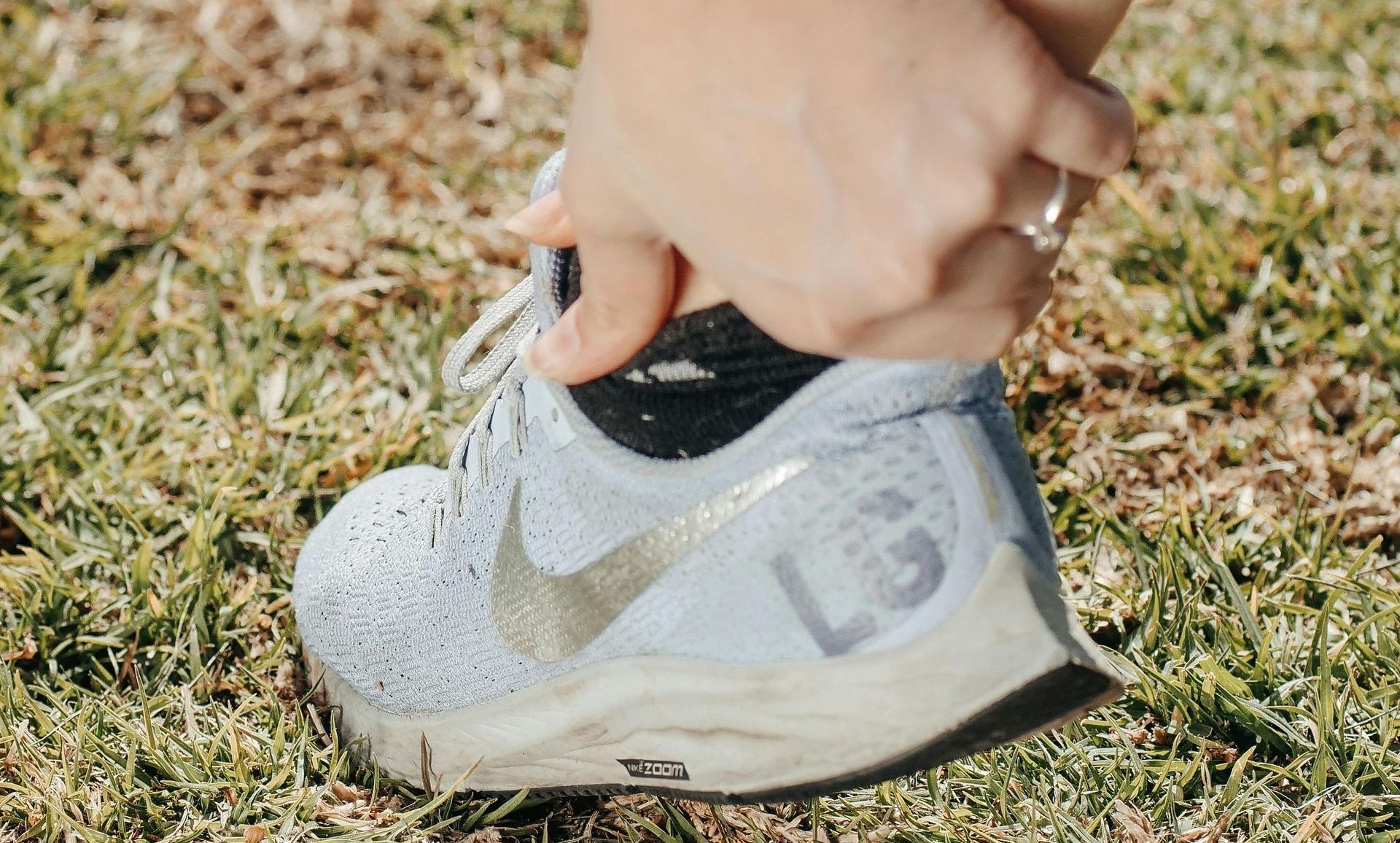
3. Plantar Fasciitis
What it feels like:
Sharp pain under the heel, often first thing in the morning or after periods of rest.
Why it happens:
Too much pressure on the plantar fascia — the thick band of tissue under your foot — usually from overuse, tight calves, poor footwear, or altered foot biomechanics.
How we help:
We work on improving mobility through the foot and ankle, releasing tension in surrounding muscles, and advising on supportive footwear and stretching routines.
It’s also important to look at how your body weight is distributed when you walk or run.
What it feels like:
Throbbing or aching pain along the inner edge of the shin bone, especially during or after running.
Why it happens:
Usually caused by doing too much, too soon. Poor running surfaces, unsupportive shoes, and tight lower legs can all contribute.
How we help:
We address tension in the calves and surrounding muscles, assess your foot posture, and help you plan a more gradual, sustainable return to running.
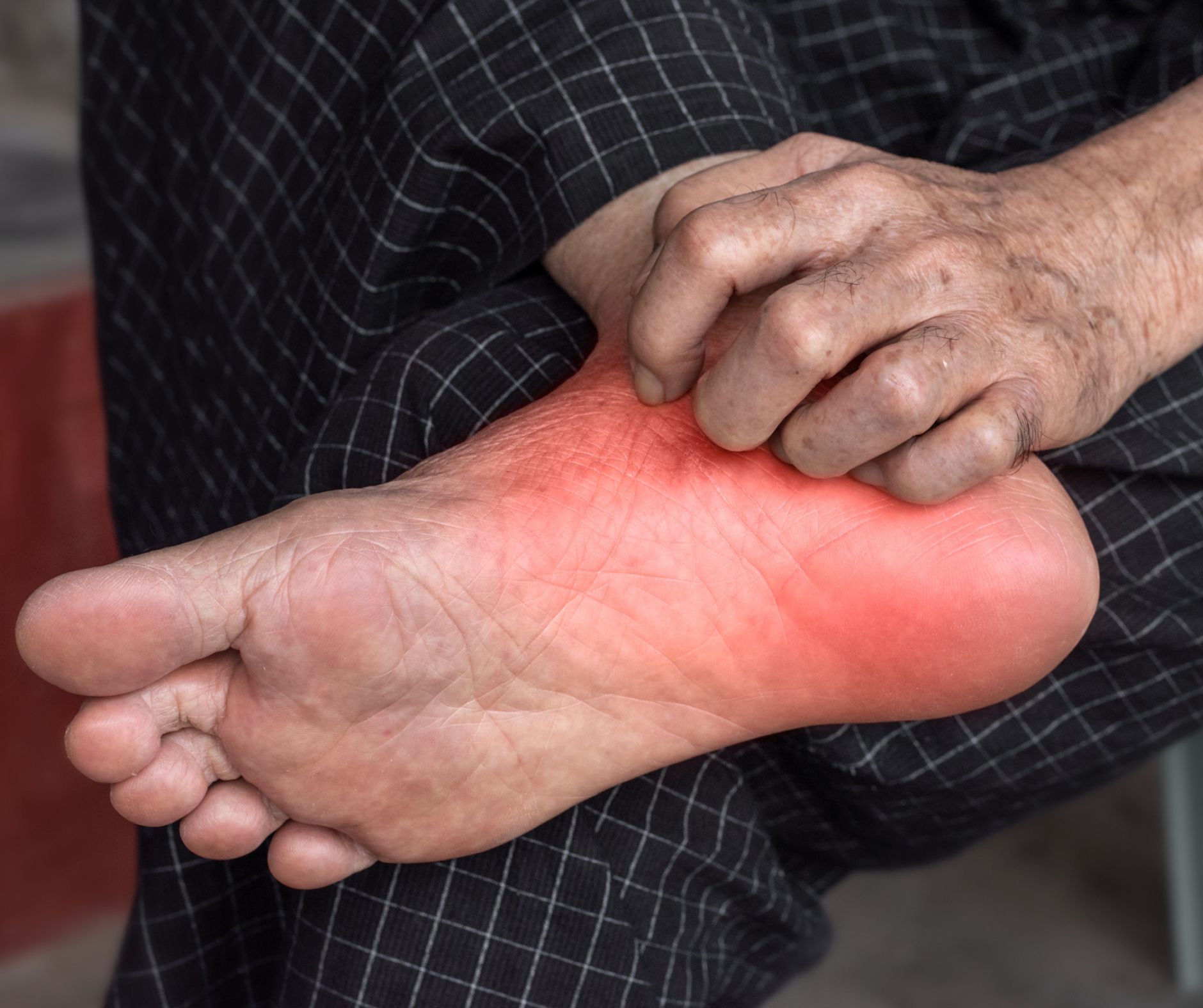
5. IT Band Syndrome
What it feels like:
Pain on the outside of the knee, especially during longer runs or downhill sections.
Why it happens:
The iliotibial (IT) band runs from the hip to the knee. If the glutes aren’t pulling their weight, the IT band can become tight and start to rub over the outer knee.
How we help:
We release tension in the IT band and surrounding muscles, strengthen the hip stabilisers, and address any gait issues. It’s not just about the band — it’s about how the whole leg is working together.
Final Thoughts
Running injuries aren’t just a nuisance — they can throw off your whole routine and affect your quality of life. The good news? Most of these injuries respond really well to osteopathic treatment, especially when we catch them early.
If something feels off, don’t wait for it to become a bigger issue. Whether it’s a niggling knee, a stiff ankle, or heel pain that’s stopping you from getting out the door — we’re here to help.
Parkstone Osteopaths
Helping Poole’s runners move better, stay injury-free, and enjoy every mile.



